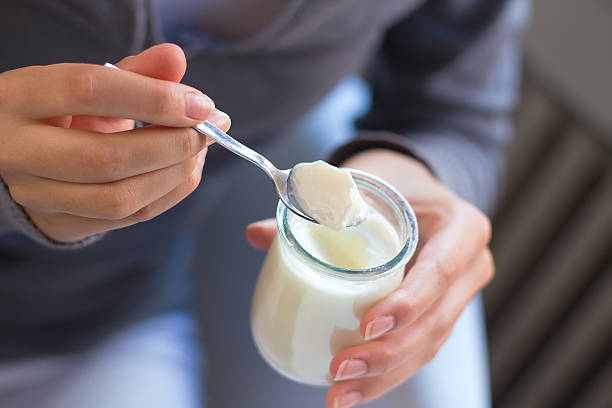The subject of how many calories are in yogurt is a complex one, as the number of calories in a serving of yogurt can vary widely depending on a variety of factors. In this article, we’ll take a detailed look at the calorie content of different types of yogurt, and explore some of the factors that can impact the calorie count of this popular and nutritious food.
To begin with, it’s important to understand that all types of yogurt are made by fermenting milk with a culture of beneficial bacteria. This process converts the lactose in the milk into lactic acid, which gives yogurt its characteristic tangy flavor and thick, creamy texture.
One of the main factors that can impact the calorie content of yogurt is the type of milk that is used to make it. Yogurt can be made from whole milk, skim milk, or any other type of milk, and the calorie content will vary accordingly. For example, a cup of whole milk yogurt contains around 150-160 calories, while a cup of skim milk yogurt contains around 100 calories.
Another important factor that can affect the calorie content of yogurt is the type of sweetener that is used to flavor it. Many commercial brands of yogurt contain added sugars, such as cane sugar, corn syrup, or honey, which can significantly increase the calorie count. For example, a cup of flavored whole milk yogurt can contain up to 250 calories or more, depending on the amount of sugar that is added.
On the other hand, there are also many types of low-calorie or sugar-free yogurts available on the market, which are made with artificial sweeteners or natural sweeteners like stevia or monk fruit. These types of yogurts can be a good option for people who are trying to watch their calorie intake, as they typically contain fewer calories than their sugar-sweetened counterparts.
In addition to the type of milk and sweetener that is used, the calorie content of yogurt can also be affected by the presence of other ingredients, such as fruit, nuts, or granola. These ingredients can add extra calories to the yogurt, although they can also provide additional nutrients and fiber. For example, a cup of yogurt with mixed berries and almonds can contain around 200-300 calories, depending on the specific ingredients and serving size.
It’s also worth noting that the calorie content of yogurt can vary based on the serving size. A single serving of yogurt is typically considered to be one cup, which is equivalent to about 8 ounces or 240 milliliters. However, some people may eat more or less than this depending on their appetite and nutritional needs.
In conclusion, the number of calories in a serving of yogurt can vary widely depending on the type of milk and sweetener that is used, as well as any additional ingredients that are added. While yogurt can be a nutritious and low-calorie choice when it is made with whole milk and unsweetened, it can also be a high-calorie food when it is made with added sugars or high-fat ingredients. To choose the best option for your diet, it’s important to read labels and ingredient lists carefully, and opt for yogurts that are made with simple, whole ingredients whenever possible.

 Home
Home Health
Health Diet & Nutrition
Diet & Nutrition Living Well
Living Well More
More












